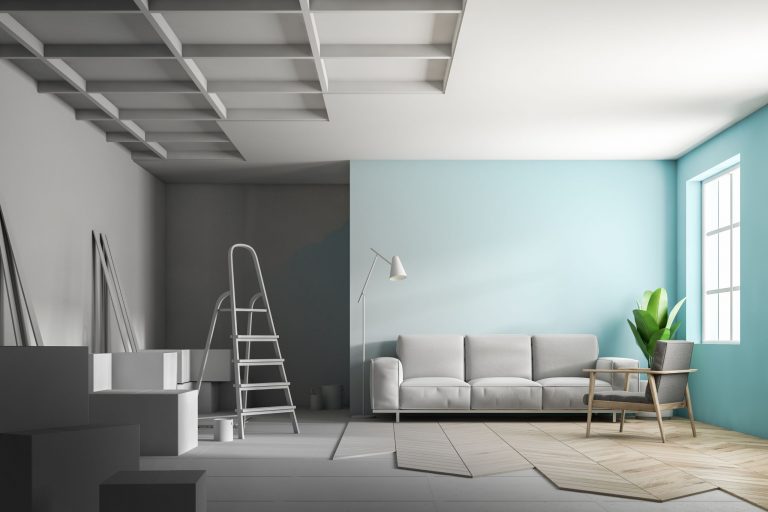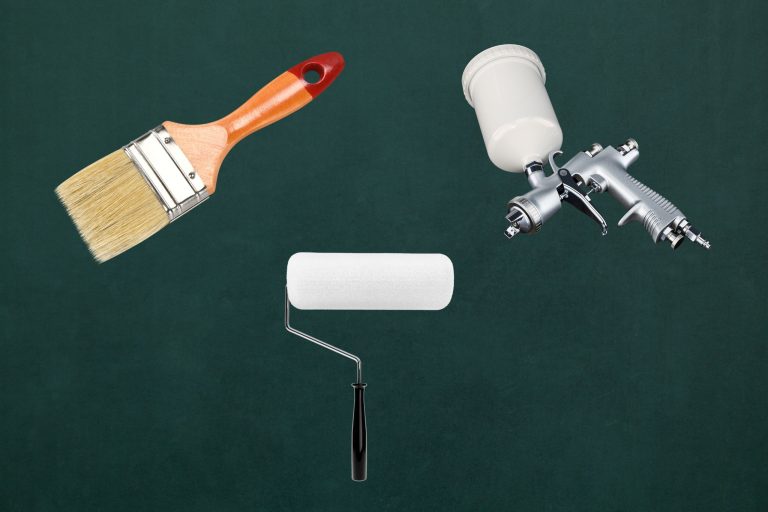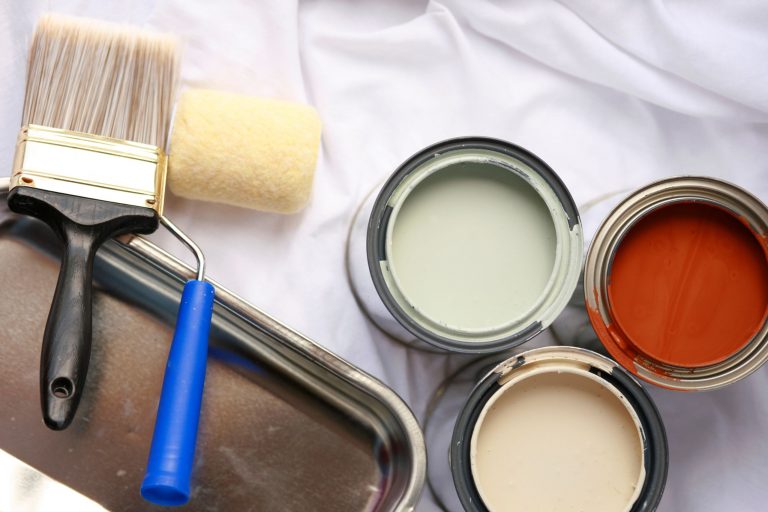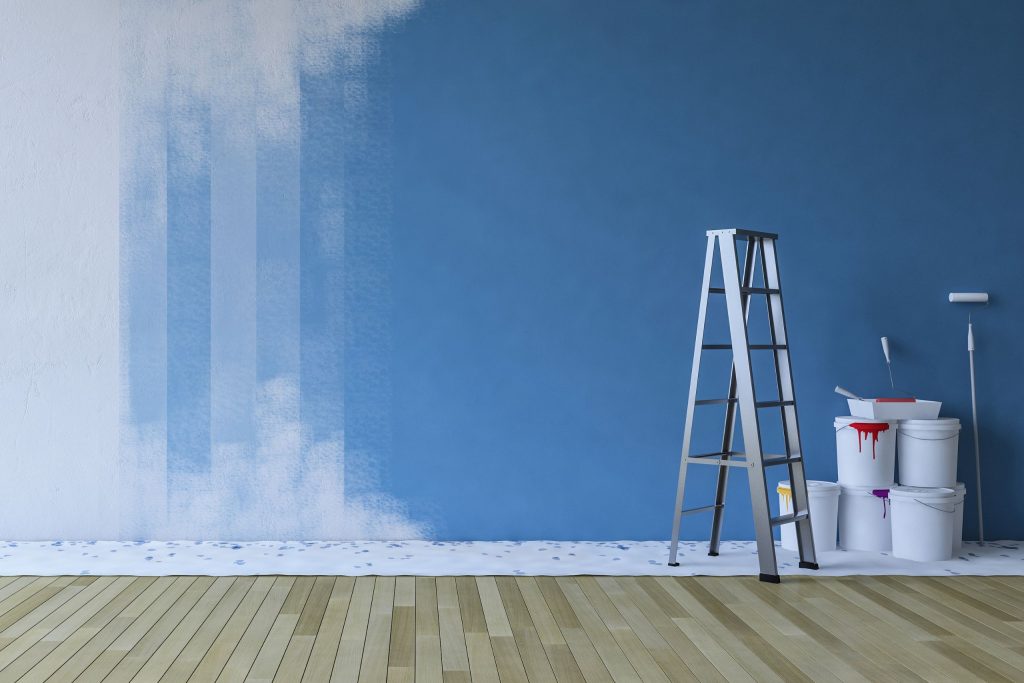
Different colors influence moods and emotions, so their calming effect on mental health is well-established. Among these, blue colors catch out particularly for their ability to encourage leisure and serenity. Including blue tones in a bedroom may assist to create a quiet atmosphere that advances healthy mental state and pleasant sleep. Since soft blues induce peace and quiet, they are ideal for personal rooms meant for rejuvenation. The relaxing properties of these hues might help reduce stress and anxiety, thereby fitting a leisure environment.
This article tries to guide users in selecting the best blue tones to highlight their bedrooms. Through investigating various tones and their effects, readers may design a peaceful haven that helps mental health in addition to looking good. The correct blue will greatly improve the bedroom environment whether one chooses delicate pastels or darker tones, therefore enhancing mood and general peace.
Why Blue Works Well in Bedrooms
Blue is a perfect color for bedroom décor as it is usually connected with emotions of peace, quiet, and relaxation. Blue colors have a calming quality that reminds one of the peace found in nature—that of clear sky and tranquil waves. Particularly in design of peaceful surroundings suited for sleep, this color’s capacity to induce serenity has major psychological advantages.
Blue in interior design helps to create a peaceful environment by lowering heart rates and therefore fostering well-being. Studies indicate that blue may help to lessen anxiety and blood pressure, therefore improving relaxation. Soft blue painted or decorated bedrooms frequently become havens, providing a respite from the daily grind.
Blue light wavelengths also serve to regulate circadian cycles, therefore indicating to the body when it is time to relax. This hue may help to create a peaceful sleeping atmosphere, therefore enhancing the quality of sleep. Blue is a perfect option for bedroom environments as it not only improves personal comfort but also aids general mental health by creating a quiet and peaceful vibe.
Soft Powder Blue for a Light, Airy Feel
For interior design, especially in establishing a large and serene environment, soft powder blue is a striking option. Any space would be better suited for this soft color as it brings peace and reminds of calm sky and peaceful rivers. Its softness preserves a light and airy sense while allowing simple incorporation into many décor styles.
Soft powder blue is very important in visually extending the space in smaller bedrooms or intimate areas. This shade’s lightness reflects natural light, therefore augmenting brightness and producing the impression of larger proportions. Even the smallest spaces might therefore seem more open and welcoming.
Moreover, delicate powder blue accentuates white or neutral furniture, therefore enhancing its airy character. It lets one use natural components, including foliage or wooden accents, thus improving the whole calming atmosphere. The flexibility of this hue assures that it may be combined with various textiles and accessories, therefore improving the total design. For those seeking a peaceful vacation, soothing powder blue not only makes a location seem better but also encourages peace and relaxation.
Deep Navy Blue for Cozy Elegance
Deep navy blue has the great ability to create a bedroom elegance and warmth, therefore transforming the space into a comfortable refuge. This rich, richer hue serves as a versatile backdrop that radiates elegance enriches many home styles. Navy blue produces a calm atmosphere, perfect for rest and relaxation, either applied on walls or as a focal point in bedding and furniture.
Deep navy blue accentuates like soft gold, burnt orange, or rich terracotta create a personal environment. These gentle tones provide a harmonic contrast that enhances the depth of the navy and welcomes a comforting environment into the area. Warm wood accents, textured rugs, or soft throw pillows might highlight this impact and make the area appear more pleasant.
Emphasizing the great warmth of navy blue also relies much on lighting. Soft, ambient lighting may highlight the color’s richness even as you make sure the environment feels cozy and inviting. Deep navy blue may be a stylish yet personal bedroom sanctuary overall when well combined with warm accents.
Tranquil Teal for a Refreshing Vibe
One hue that really emanates freshness and regeneration is teal, an amazing mix of blue and green. This unusual mix uses green’s stimulating power and blue’s restfulness at once. The result is a color that exactly combines power with tranquility.
Anywhere teal promotes peace, hence it is a perfect option for settings meant for rest or concentration. Its chilly undertones provide a welcoming environment that advances mental clarity and a peaceful yet energetic attitude. Teal can make an ordinary space—in a living room, workplace, or leisure area—a vivid haven.
Teal’s adaptability lets it accentuate many design philosophies, which qualifies for both modern and classic environments. Combining it with earthy tones or warm neutrals accentuates its coolness and produces a contemporary but timeless environment. Including teal into a location improves the emotional experience as well as the appearance, therefore creating a calm yet energizing environment.
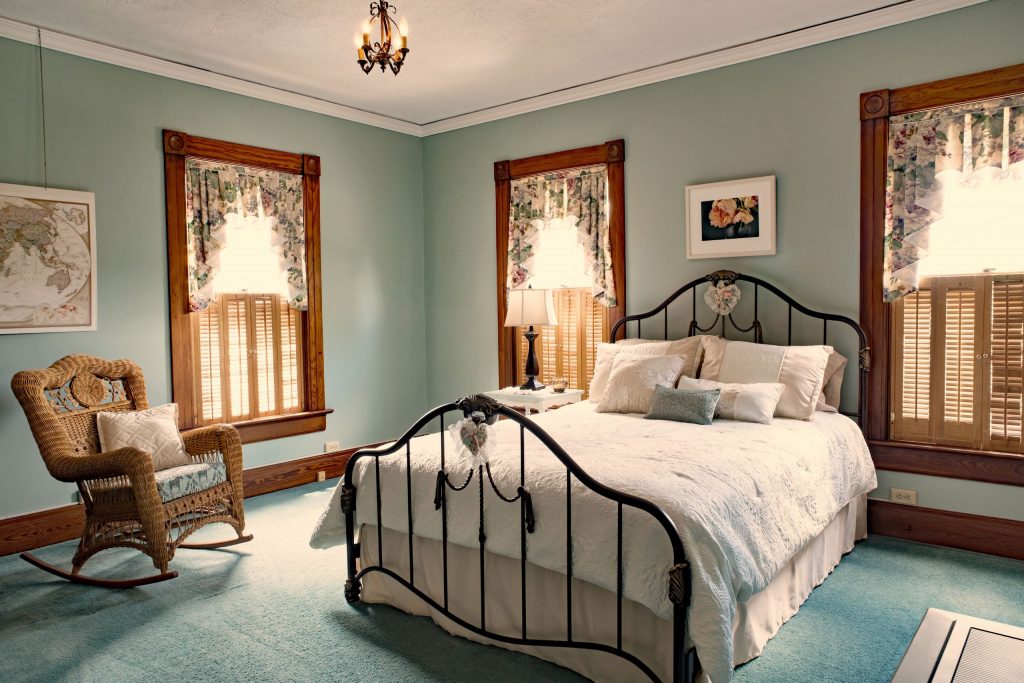
Conclusion
Investigating the many tones of blue for a peaceful bedroom helps one to see how each color adds specifically to a quiet environment. Perfect for a serene retreat, soft blues like powder blue and sky blue inspire calm and space. Particularly in combination with natural light, these tones promote relaxation and could help reduce anxiety. While maintaining a general soothing effect, deeper tones such as navy and blue provide the room depth and comfort. Modern designs might find subdued blues, including slate and steel blue, excellent since they provide a modern edge and hence encourage calm. Experimenting with these numerous tones enables readers to pick the right blue that suits their personal style and enhances their home. By utilizing the color inspiration and trends—through wall paint, bedding, or decorative accents—a bedroom may become a quiet refuge suited to one’s likes and therefore promote the well-being required for a good night’s sleep.

